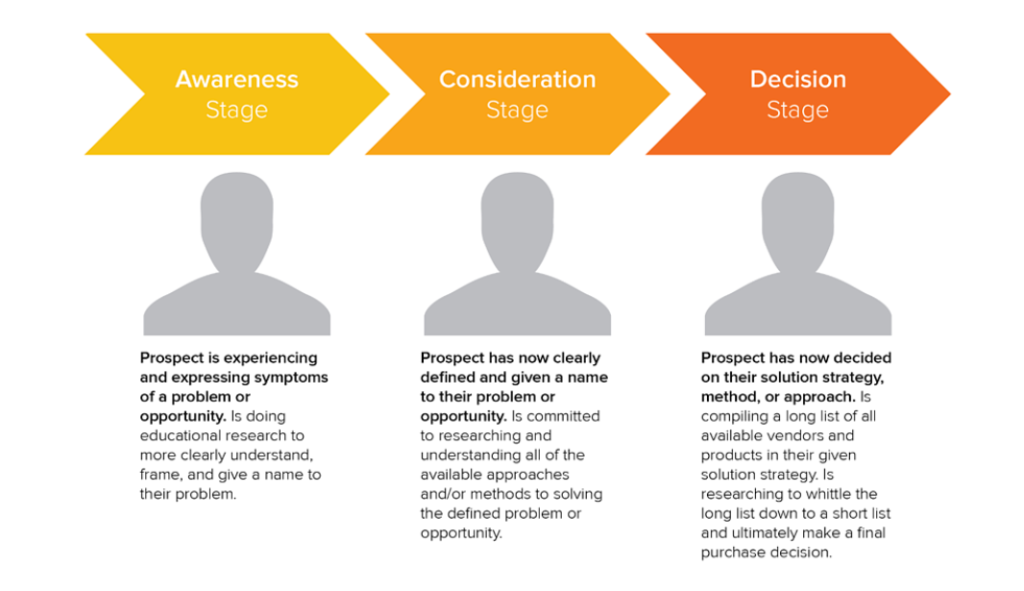
When deciding where you want to spend your marketing money, take the time to investigate which publishing platforms will give you the best return on investment. Marketing through niche publications can be a good way of generating leads and increasing sales — as long as you choose the right magazines to market in.
There are different ways to publish your writing. You can choose traditional print media, or you might want to do it on the computer. But before you decide what type of writing you want, decide whether print or digital is best for you.
Print Media vs. Digital Media: Which is Better for Your B2B Business Marketing Strategy?
When you’re trying to decide how to spend your money, you need to think about whether you want to use traditional print media or digital media.
You can advertise your product in different ways. If you are looking for new people to come to see your product or service, you might want to put up ads around town. Or, if you want more people to join your newsletter, you might buy ad spots on websites or newsletters that have subscribers who would be interested in your product.
When determining where to advertise, take the time and investigate. There are pros and cons with either print or digital media. Choose which is best for your business goals.
Advertising in Print Media
With digital marketing becoming the norm for most marketing strategies, B2B business marketing teams often believe that investing in ads for digital media is the way to go. However, that’s not entirely the case.
Some people think that digital media can be used in B2B marketing, but some well-known industry leaders believe that it is not helpful. For example, Verizon Communications has started to explore the idea of selling assets such as AOL and Yahoo because they haven’t seen the benefits from acquiring these digital media assets.
If digital media is the way of the future, why aren’t businesses seeing the success that predicted some years ago? One of the primary reasons is that consumers still prefer print media sources for brand and service information sources.
While personal recommendations from family and friends and information from review websites still rank as the most trusted sources of information (93% and 91% respectively), printed newspaper and magazine articles (73%) are considered more trustworthy than blogs (65%), social media platforms (51%) and even blatant advertisements (38%).
So, this tells us that print media is far from a dead source when it comes to educating your ideal audience about your products/services. However, it does show that consumers don’t simply want to see a standard advertisement plopped into their favorite magazine, which makes sense considering B2B consumers are driven to make purchasing decisions based on educational content vs. traditional ads.

Advertising in Digital Media
So, if more people trust print ads, is it worth spending your marketing budget on ads in digital media?
Yes.
It’s no surprise that digital advertising overshadows traditional marketing methods, with research predicting that digital ad expenditure will surpass $172 billion by the end of 2021. Digital media accounted for approximately 48% of all global ad spend in 2020 and is expected to account for 50% by the end of 2021.
The rise in digital media ad spend is no surprise as consumers spend more time online. Between social media advertising and PPC ads, consumers see between 6,000 and 10,000 ads per day. It’s essential to take the time and optimize these ads, so the right audience sees them at the right time.
4 Reasons You Should Invest in Niche Publications as Part of Your Marketing Strategy
Choosing where you are going to spend your advertising budget only begins with deciding between print media and digital media. The next step is determining the placement of your ads, whether they are in print publications or as a paid post somewhere on the internet. Then you’ll also have to decide on the audience you wish to reach, whether it be a broad or very niche audience.
Many companies don’t realize that utilizing niche publications (both print and digital) for advertising can be highly profitable and are unaware of the reasons why niche publications can be more effective for B2B business marketing than mainstream media outlets. Here are four reasons why your B2B marketing team should consider investing in niche publications as part of your ad spend budget:
1. Are More Likely to Be Read by Your Target Audience
To make the most of your ad spend budget, you need to target the right audience. Niche publications are more likely to be read by your target audience than mainstream publications, which means you’ll be reaching the customers you want to reach.
For example, those who read the niche publication, Journal of Healthcare Contracting, are B2B consumers looking for information on healthcare supply chain trends, information regarding distributors and manufacturers in the healthcare industry, etc.
So, if your audience falls within that niche target, then you are more likely to garner the attention of serious individuals looking for a solution to a problem. This kind of targeting results in shorter customer journeys, quicker sales, and improved profits.
2. Offer A Higher Quality of Content Than Other Media Outlets
It is important to note that the content offered by a niche publication is of a higher quality than that of a general publication. This is because the content is tailored to a specific audience, and the writers are more knowledgeable about their subject matter.
When you’re targeting a niche market, niche publications are a great way to get your message to the most likely people interested in what you have to offer.
3. Have Lower Rates for Advertising and Sponsorship Opportunities
Niche publications have lower rates for advertising and sponsorship opportunities because they have a smaller audience. This serves you well if you are a B2B business. Take advantage of niche publications and get a lot more bang for your buck.
4. Provide Better ROI on Marketing Campaigns
The success of any B2B business marketing campaign is usually measured in terms of ROI. The higher the return on investment, the better the campaign. Niche publications can help businesses achieve success in several ways:
● Help to build brand awareness
● Attract new customers
● Create opportunities for product placement
● Deliver the right message to the right audience
● Increase sales
Niche publications, again, cater to a very small audience. For example, if you’re in search of new B2B customers for your medical products, then you may benefit substantially from placing a strategic ad in Repertoire Magazine. This publication focuses on following healthcare trends and finding new medical products and services that those in the medical field can utilize in their practices.
They include informative ads that present new products/services to their readers and educate readers why the particular product or service is beneficial.

Print and Digital Media Advertisements Can Be Effective in Niche Publications
When choosing how you maximize your ad spend, you need to consider who your audience is and where they’ll most likely come across your ad. While it may be tempting to spend the money to get your ad seen in a mainstream publication (either print or digital), it’s not going to guarantee your ideal target audience will come across it – even if it’s been optimized properly. That’s why you need to consider placement in a niche publication.
Curious how you can best utilize your ad spend budget by partnering with niche publications? Contact us today for more information.







